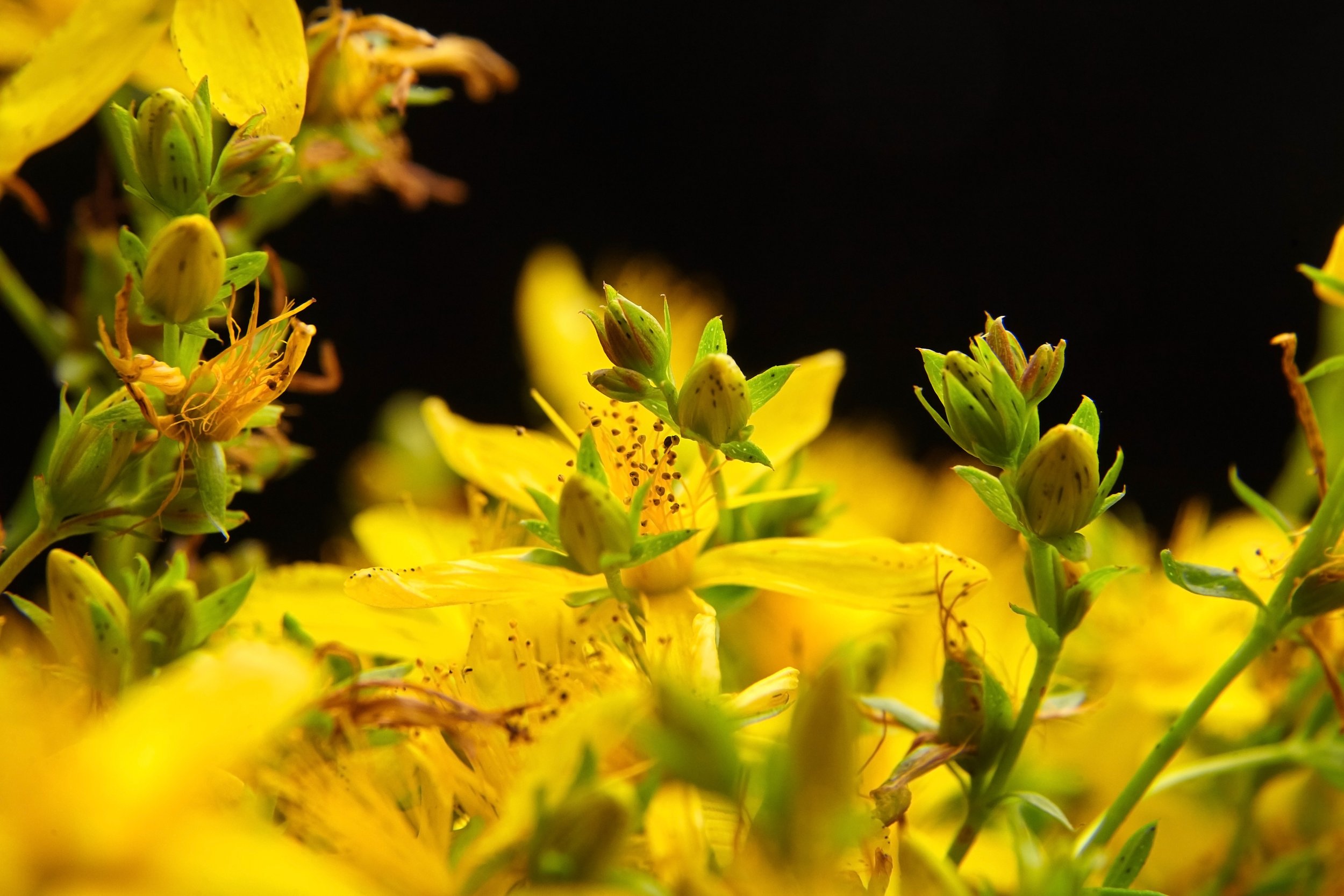
Healing with Islamic Herbal Medicine: 7 Muslim Herbs Backed by Sunnah & Science
Did you know Islam has its own tradition of herbal healing? While it may be less well-known compared to the Ayurveda, TCM, and Western herbal medicine systems, it has much to offer in the way of plant-based healing and holistic wellness.

Eat Medicinally
A lifetime or a prolonged period of sedentary living, limited to zero physical activity, imbalanced diet and deficient nutrition routinely fails to give the body what it needs to thrive and optimally function. Your doctor may have identified plaque-formation/clogged arteries, hormonal imbalance, metabolic disorders, insulin resistance, abnormal cell growth, disrupted cellular lifecycle, or autoimmune disorders in which the body fails to recognize itself and attacks what it considers to be a foreign body.

Garden Sage
Salvia officinalis, in the Labiate family, is one of the well-known and highly regarded culinary and medicinal herbs. Centuries ago, Salvia officinalis was being used for emotional, mental, and physical complaints. It also has been long associated with warding off evil.

St. John’s Wort
Hypericum perforatum, in the Hypericacea family, has a history of recorded use at least dating to the time of Dioscorides. In antiquity its Latin name comes from the Greek, meaning “over an apparition,” to convey that the herb was potent enough to drive away evil spirits.

Saffron
Crocus sativus, a member of the Iridacea family, is regarded for its yellow pigment, spice, and medicinal usage. Known as the most expensive spice on the planet, it was well known among the people of antiquity. Its first documented use dates to the Bronze Age in 7th century BC in Assyria.

Irish Sea Moss
Chondrus crispus is a red seaweed (though it can vary in color from pale green to a purplish brown) that has been harvested for an estimated 14,000 years. Its medicinal properties were known and documented in China in 7th century BC. Historically, it was known for its mucilaginous properties and nutritional value.
Get authentic answers to your natural health questions!
Join our growing global community of Islamic Herbal Medicine supporters. Gain the knowledge, insights, and advice you need to walk the path of wellness with confidence. Free for a limited time. Come inside for exclusive access to live webinars, special discounts on wellness programs, and 1:1 chats with our Clinical Herbalist.

